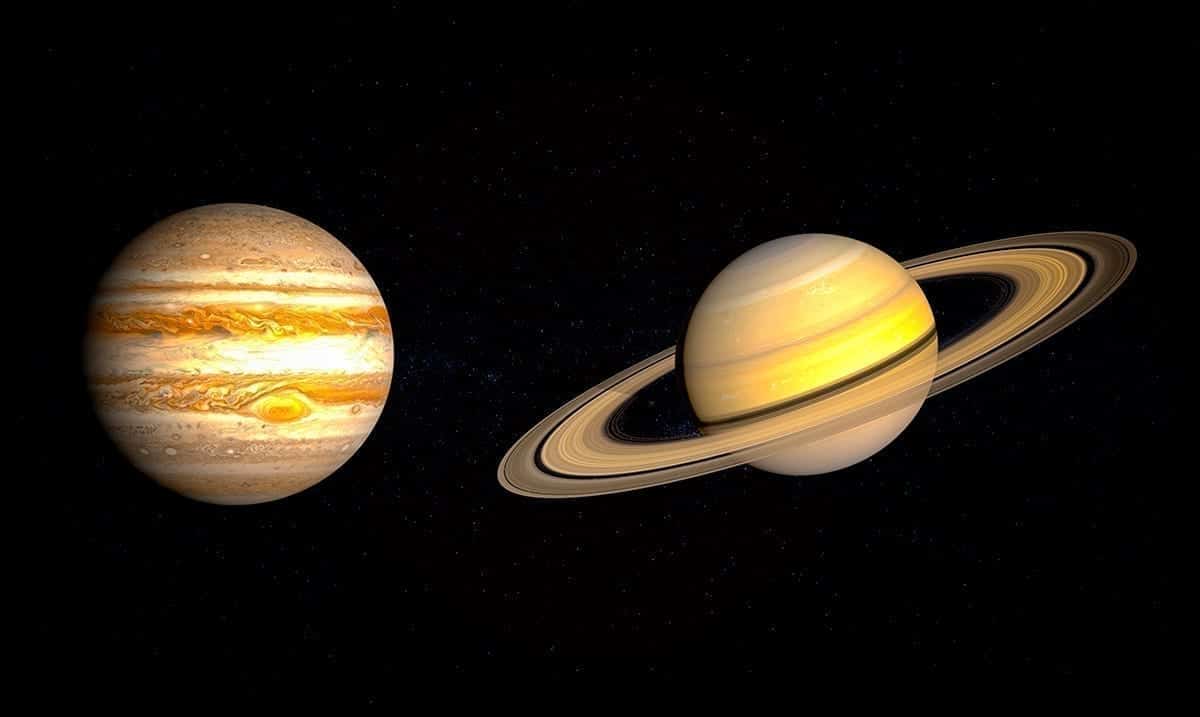If you’re someone who likes all things space-related you’re going to be quite excited about this week overall. There are going to be 2 planets visible in the night sky and quite close together at that.
Saturn and Jupiter are going to be visible for those who want to see them and will be quite close to one another all week. While they did have a close encounter back on the 18th of this month (May) if you want to take a look at after midnight or before the sun comes up as a whole any night this week should allow you to see them quite well. Of course, their visibility does depend on the weather, if your skies are not clear you may not be able to see them as well as you would in other places.
Space.com wrote as follows on viewing these celestial bodies:
Jupiter will appear in the constellation Sagittarius, the archer, shining at magnitude -2.5. (Magnitude is a scale of stellar brightness, with smaller numbers indicating brighter objects and negative numbers denoting the brightest objects.) Second only to the moon, Jupiter will be the brightest object in the predawn sky. The only planet brighter than Jupiter is Venus, which rises about an hour after sunrise and dominates the evening sky, shining at magnitude -4.2.
Meanwhile, Saturn will be just to the left of Jupiter, shining at magnitude 0.3 in the constellation Capricornus, the sea goat. The planets will be too widely spaced to fit in a telescope, but you can see them comfortably with the naked eye, or a set of binoculars.
The planetary pair made their closest approach on Monday (May 18) at 12:45 a.m. EDT (0445 GMT), just a few minutes after the two planets rose above the southeast horizon. Both planets will continue to rise shortly after midnight all week long, but if you’re watching that early, it may be hard to see them in the murk close to the horizon.
Luckily, the show continues well into the night, and as the planets rise higher in the sky they will provide a spectacular view until the growing light of dawn washes them out. To get the best view, give your eyes about 20 minutes to adjust to the darkness, and try as best as you can to get away from artificial light. (If you want to use a star chart, we recommend using a red filter on your phone, or on your flashlight.)
While not everyone gets as pumped about this kind of thing as they should, I am sure some of you will appreciate this information big time. Will you be taking the time to view these planets? I for one will be digging out my telescope and spending the night trying to see what I can find out there.

